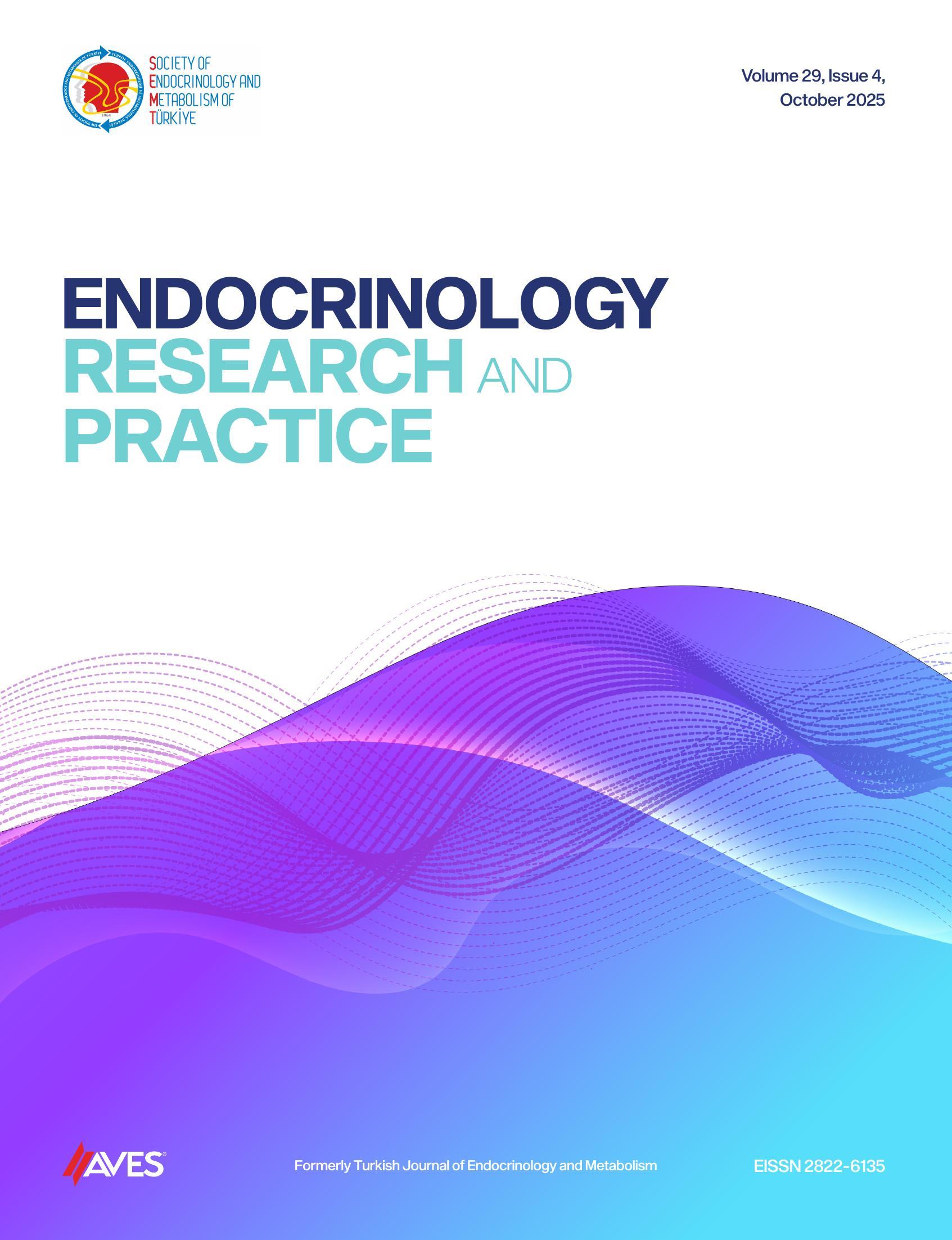Diabetes-related foot ulcers lead to increased morbidity, death, and economic consequences.
Diabetes-related foot disorders lead to about 1 million partial limb amputations each year. Every 20
seconds, a limb is lost somewhere in the world.
Their pathophysiology encompasses neuropathy, trauma, infection, and vascular blockage, which
impair wound healing. Wound healing methodologies can be classified into conventional care
interventions and advanced therapeutic approaches. Standard treatments, including debridement,
offloading, and infection control, are employed in conjunction with sophisticated therapies such as
negative pressure wound therapy, hyperbaric oxygen therapy, and growth factor applications. New
wound dressings are being developed to help diabetic foot ulcers (DFUs) heal more quickly.
These dressings provide multiple advantages, including antibacterial characteristics, enhanced mois-
ture retention, and expedited tissue regeneration. The following have demonstrated superior healing
outcomes in DFUs: human amniotic membrane, LeucoPatch, resveratrol, bioengineered skin substi-
tutes, microRNA-based wound dressings, and fish skin grafts. These solutions are practical and suit-
able for complex cases.
These improvements show potential for enhancing diabetic foot ulcer treatment; however, additional
data is necessary to validate their long-term efficacy and cost-effectiveness. Innovative wound dress-
ings should be regarded as supplementary to the optimal standard of care when the standard treat-
ment alone has proven ineffective in healing the ulcers. Despite international diabetic foot guidelines
categorizing these goods as weak recommendations supported by low to moderate evidence, there
remains a continual necessity for novel strategies. These developments can substantially augment
the management of DFUs by supplementing and refining current therapeutic modalities.
Cite this article as: Çetinkalp Ş. Innovative wound dressings for diabetic foot treatment. Endocrinol Res Pract.
2025;29(2):128-132.

-1(1).png)

.png)